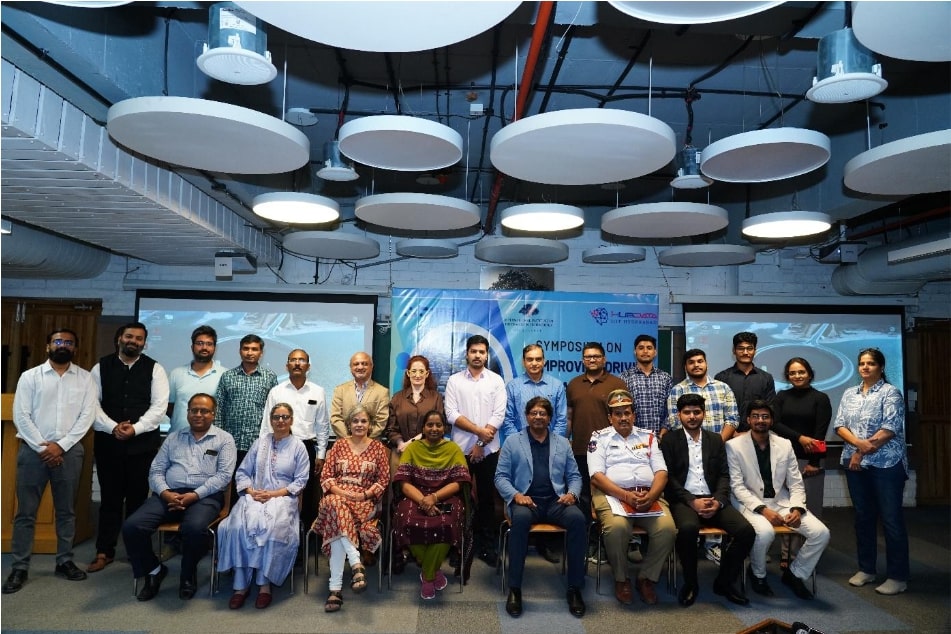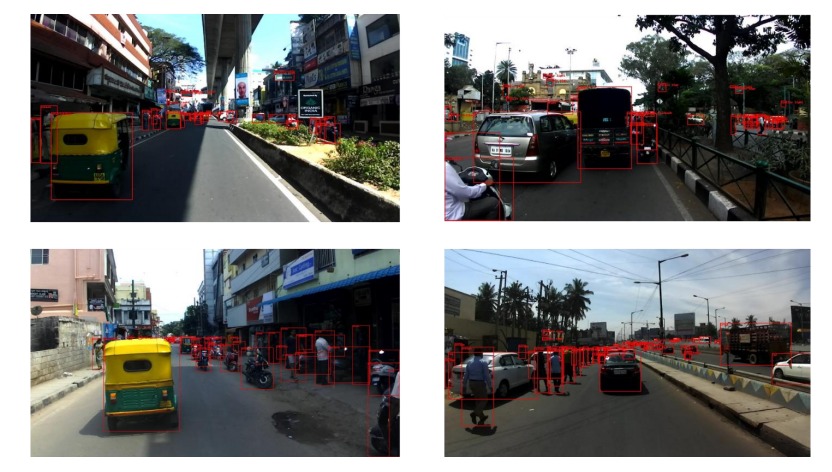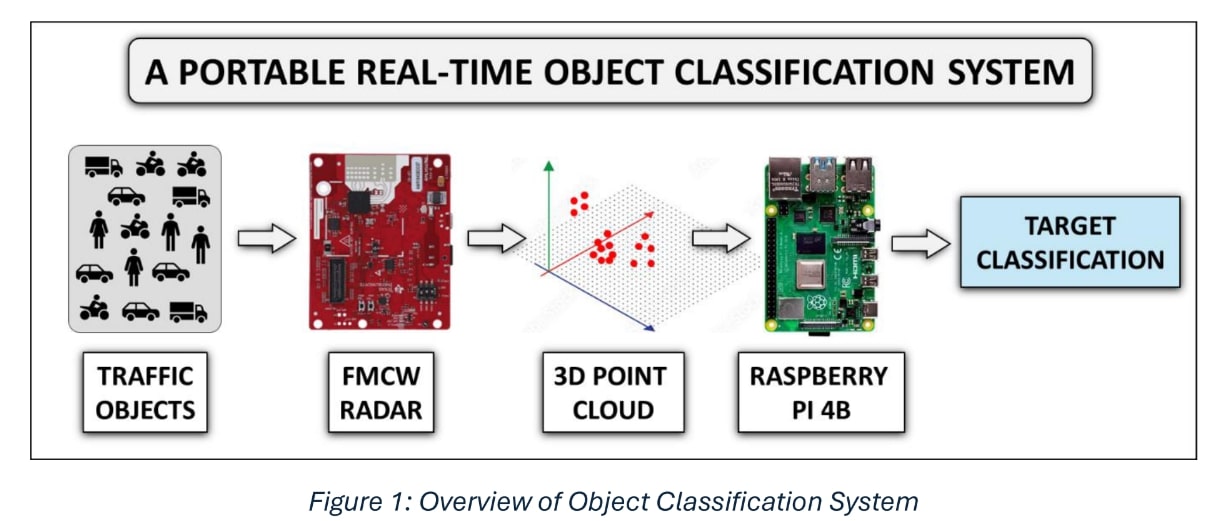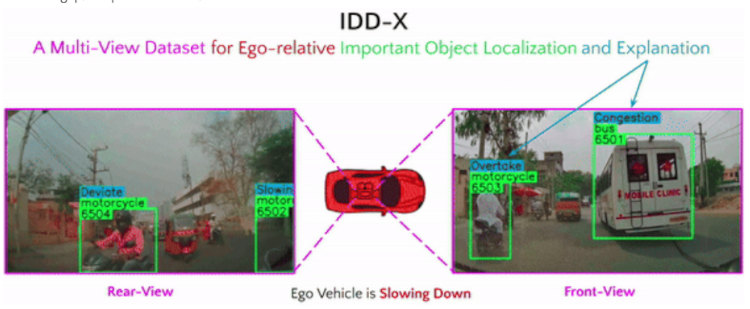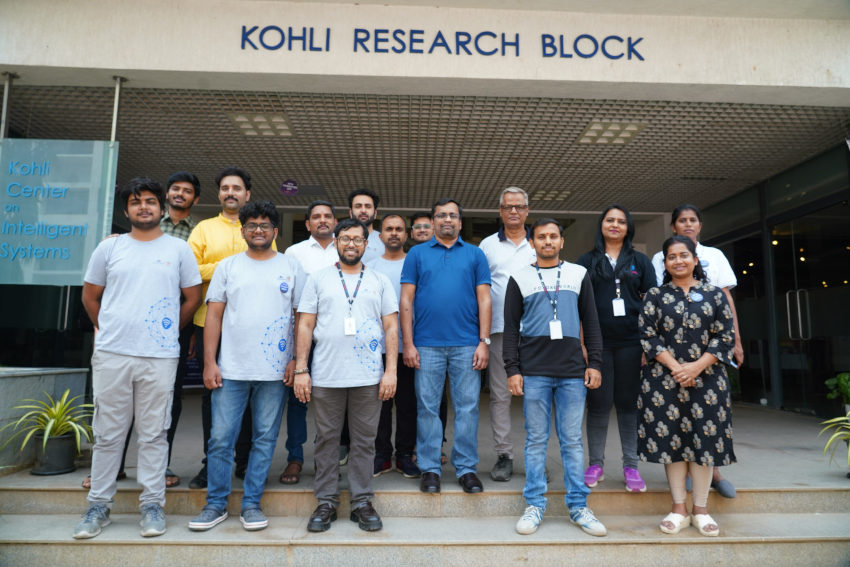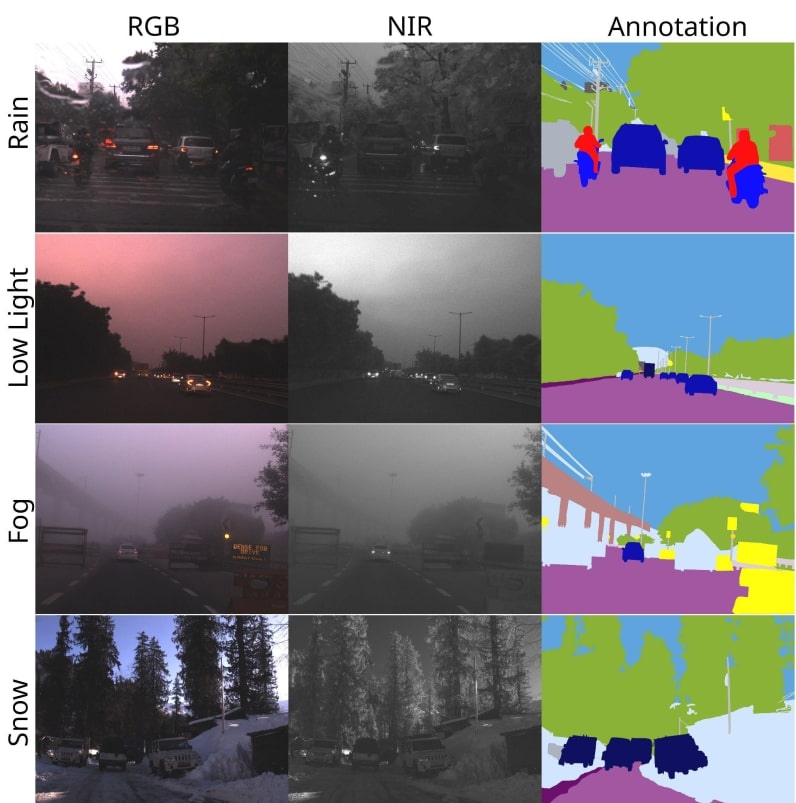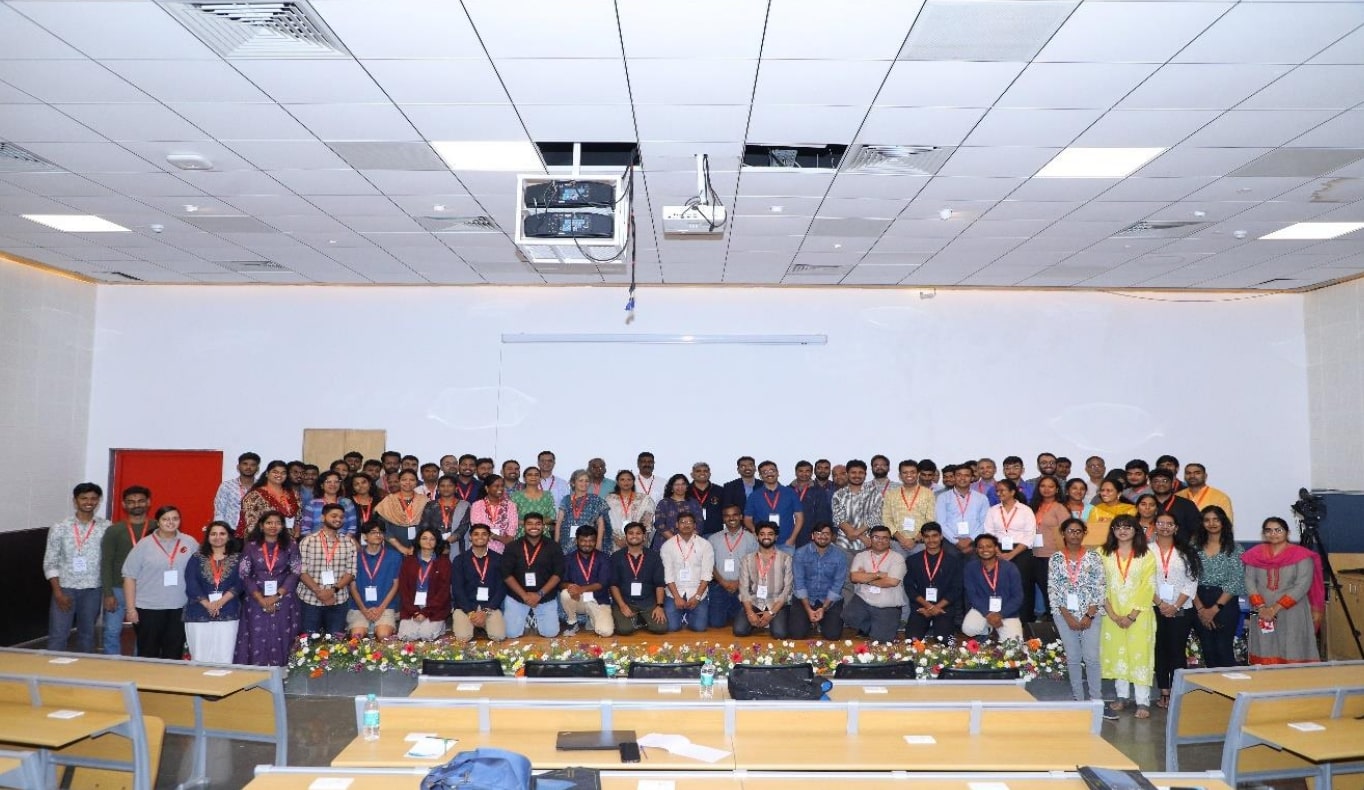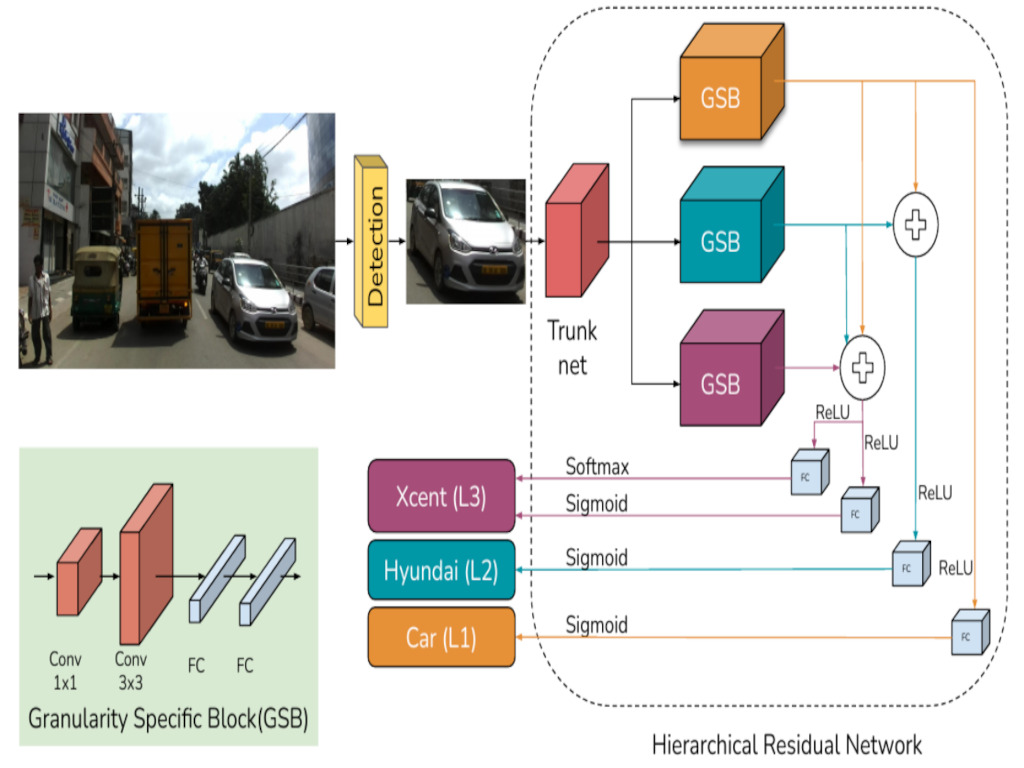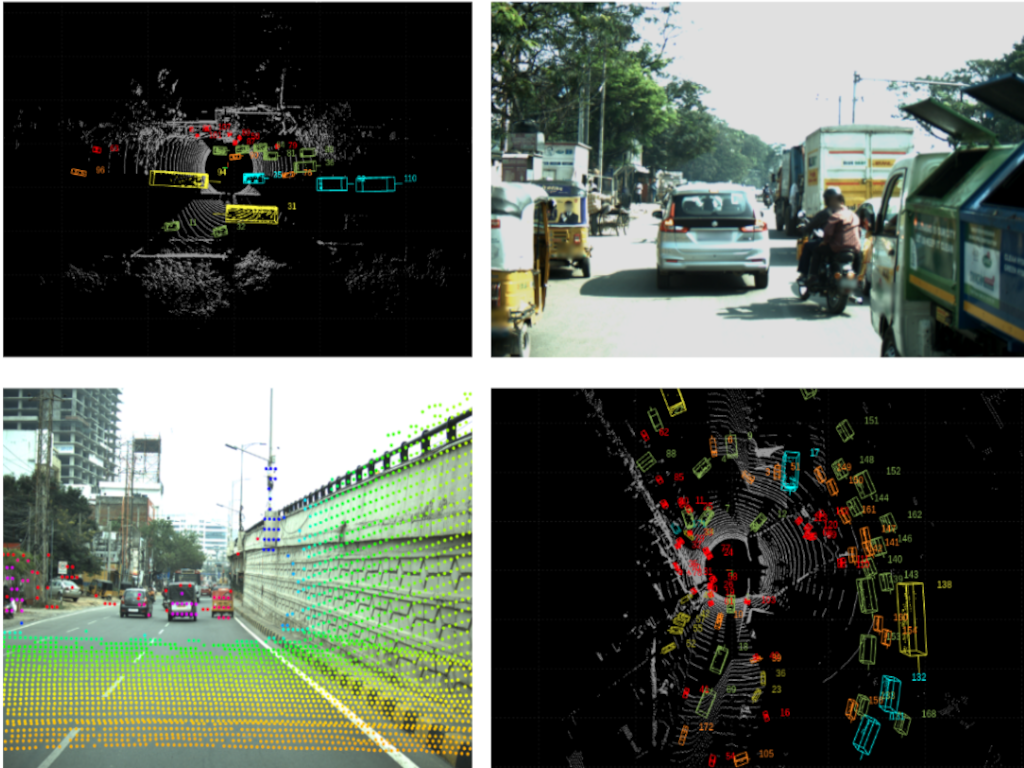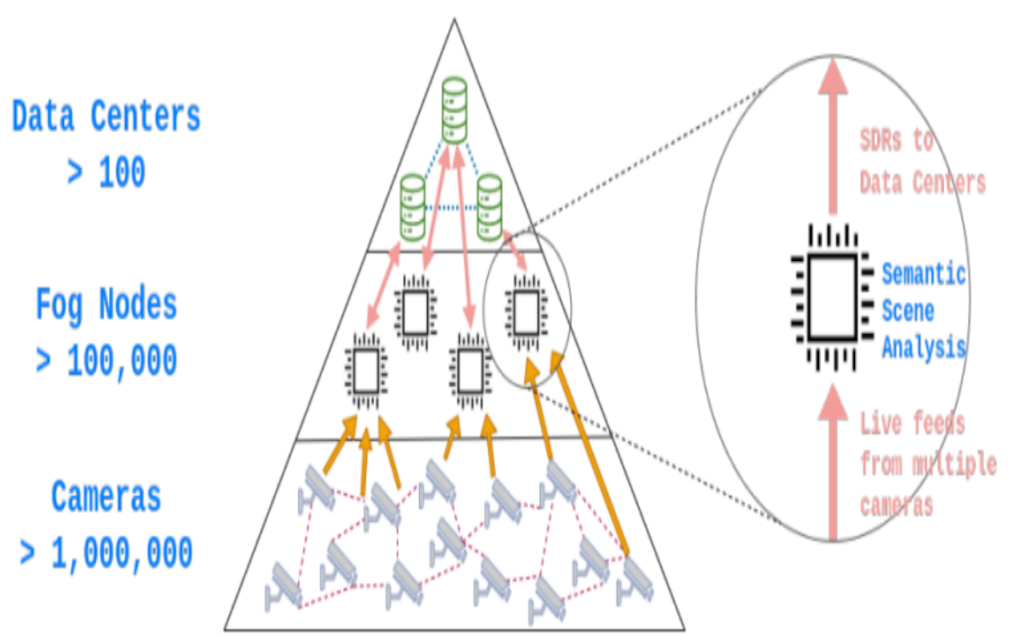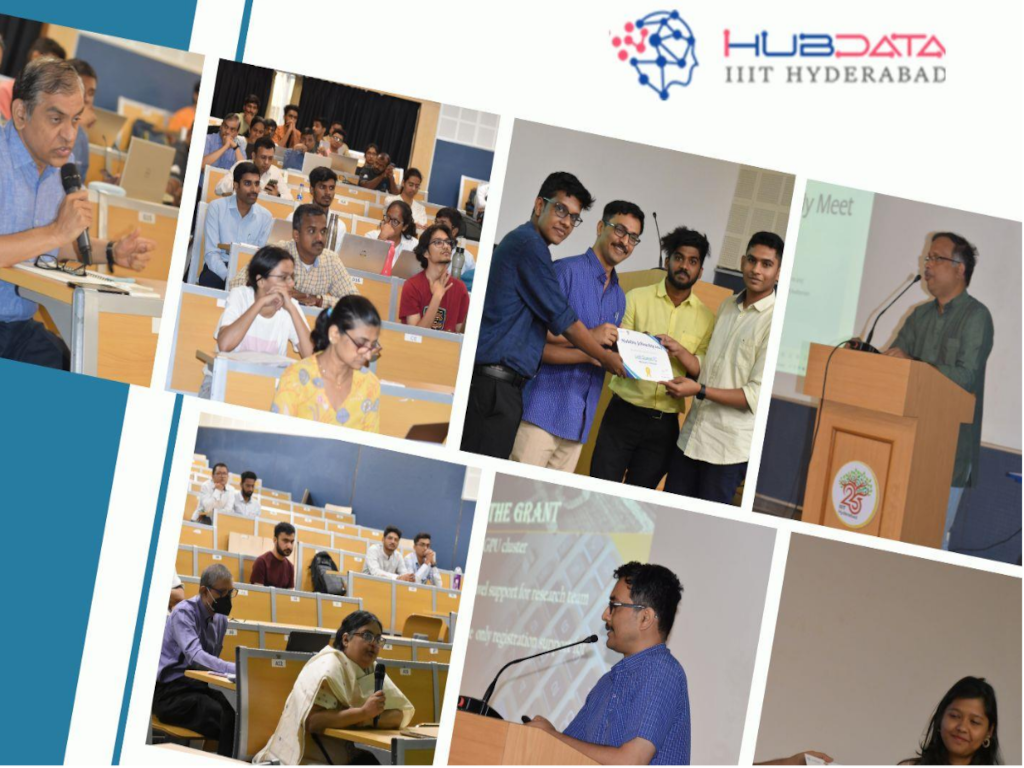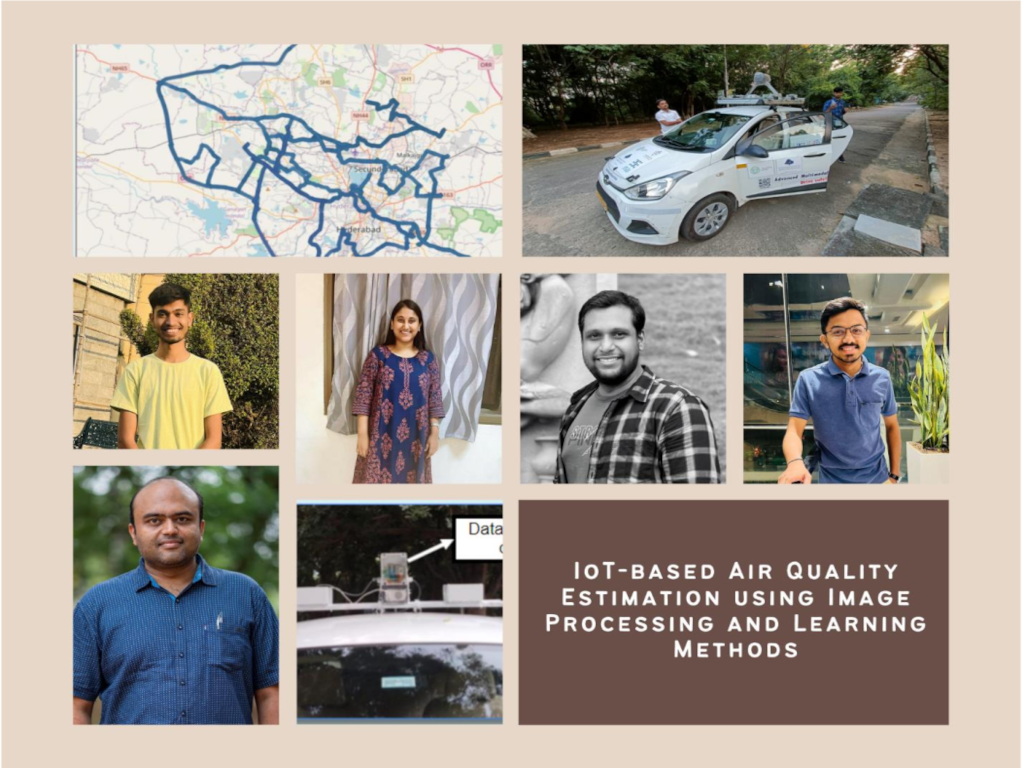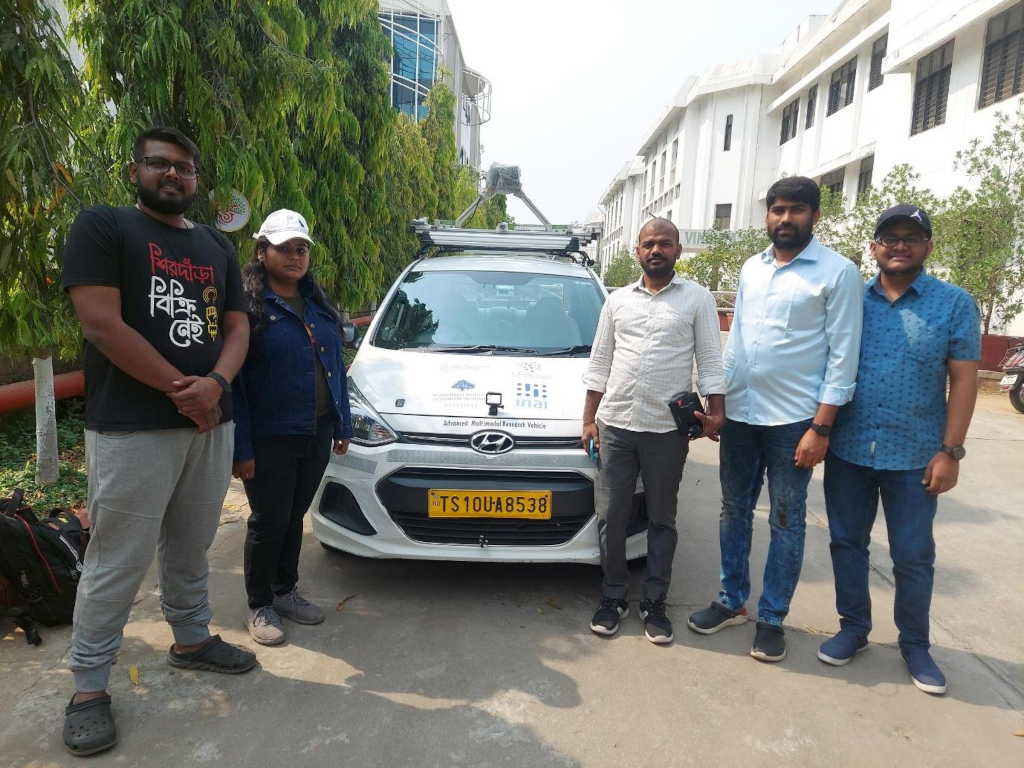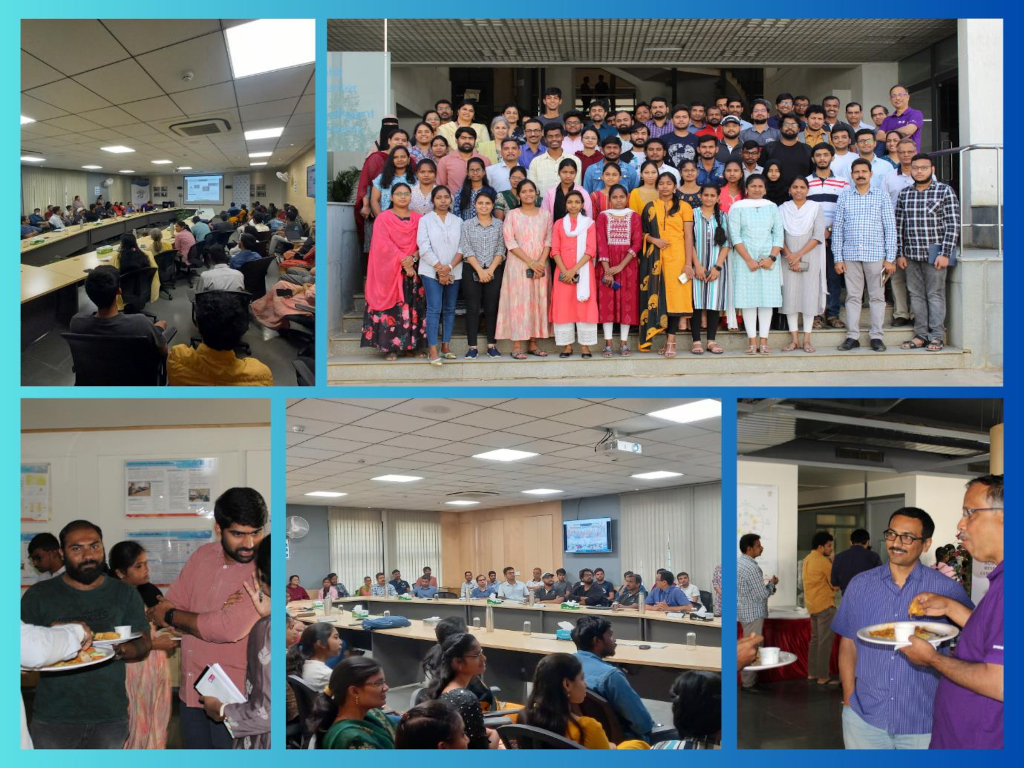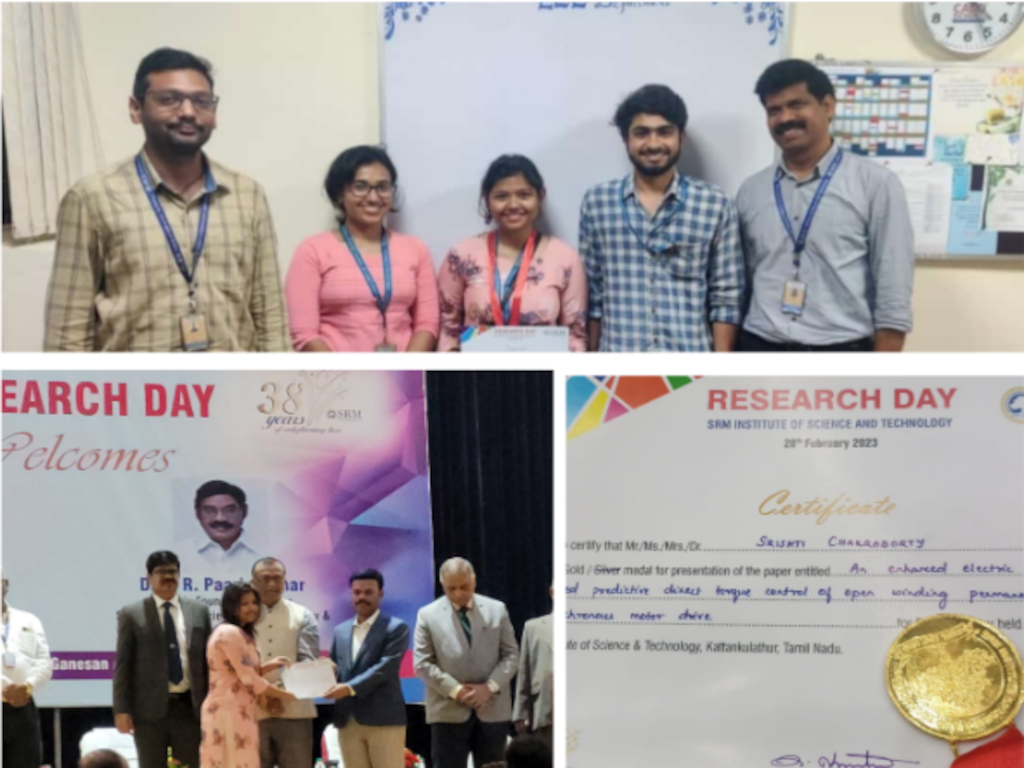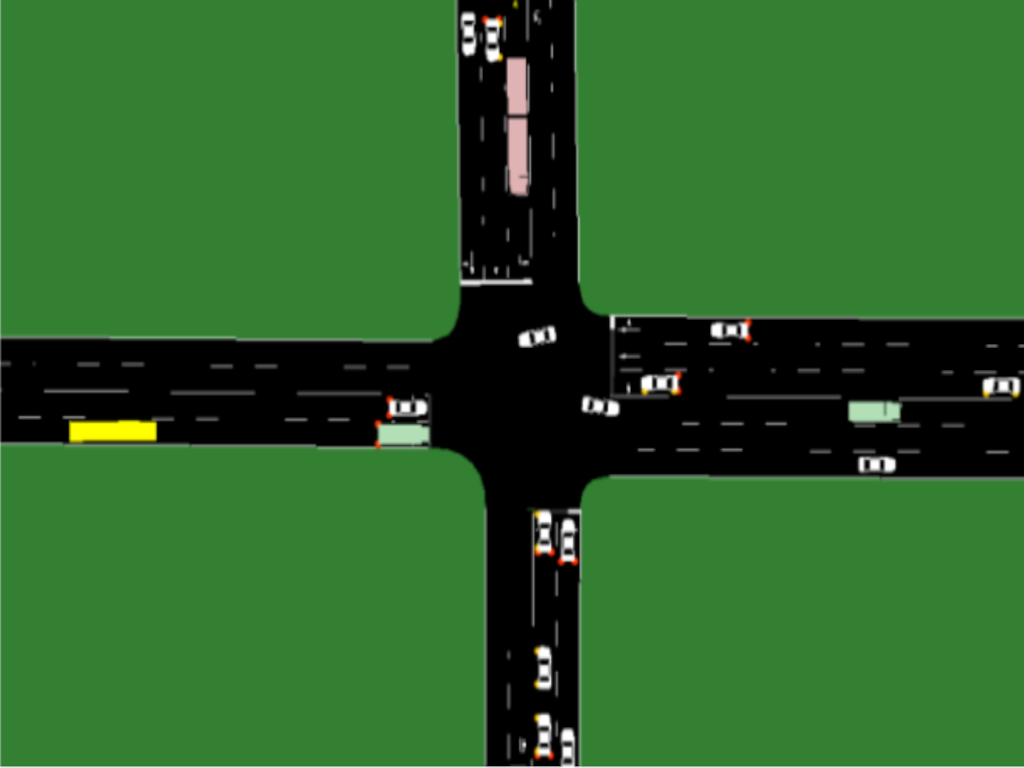
Assessing Strategies to Enhance Situational Awareness of Connected Vehicles in Traffic Junctions, via Agent-Based Simulations
In our rapidly evolving world, the intersection of technology and transportation is becoming more crucial than ever before. Imagine a scenario where vehicles not only navigate through traffic but also communicate with each other to ensure safety and efficiency. This is the realm of connected vehicles, and our research project aims to delve into this realm by assessing strategies to enhance situational awareness at traffic junctions.
Objective 1: Tailored Traffic Simulator for Indian Roads
Our first goal was to develop a Micro-Traffic + Network simulator customized for Indian road traffic. This platform enables researchers to simulate Indian traffic and vehicular networks efficiently. While some features were left out due to resource constraints, the simulator is open-source and offers valuable insights.
Objective 2: Elevating Safety at Traffic Junctions
We aimed to devise communication protocols for better situational awareness at intersections, focusing on vulnerable road users. Although most aspects of this goal were achieved, certain protocol tests were delayed due to the simulator's incomplete state.
Simulating Realistic Scenarios
Our simulation setup encompassed methods, data collection, and analysis. The simulator featured lane-changing, overtaking, routing protocols, and pedestrian models.
The Crucial Need for Awareness
Consider a scenario: Vehicle A at a junction unaware of a pedestrian. Vehicle B, with a better view, communicates this to A. Such communication empowers vehicles to anticipate risks and react. This cooperative awareness enhances road safety.
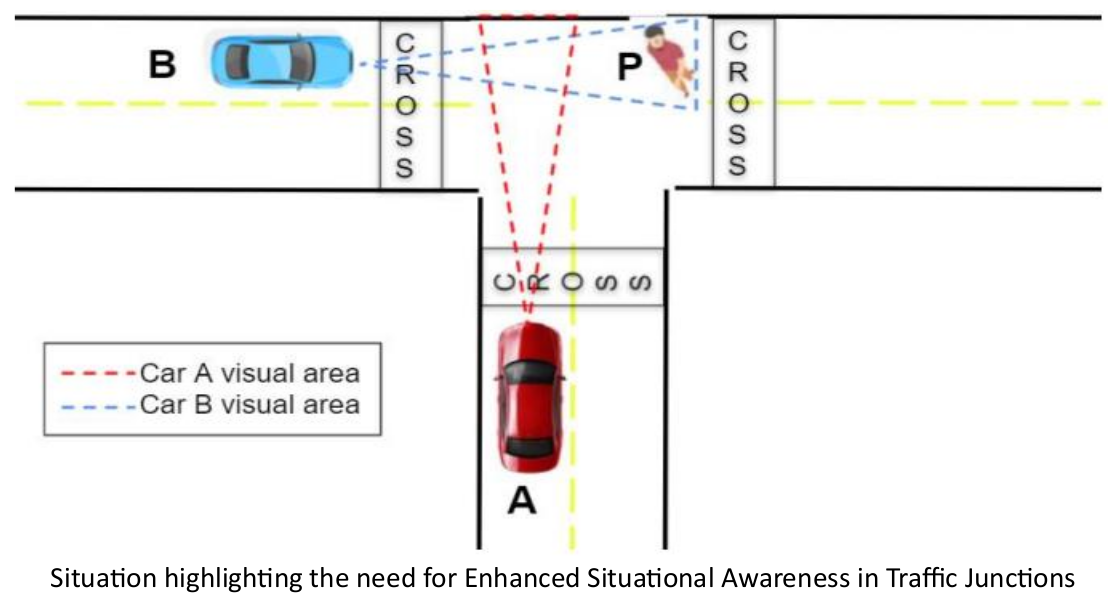
Unleashing Cooperative Behavior
Our Agent-Based Traffic Simulator Platform replicated complex interactions at junctions. This platform merged agent-based modeling with network simulation, focusing on Indian traffic conditions.
Testing Cooperative Strategies
We evaluated strategies for cooperation among vehicles at intersections through Vehicle-to- Vehicle (V2V) and Vehicle-to-Infrastructure (V2I) communication. We gauged their effectiveness in enhancing road safety and traffic flow.
Network Simulation Integration
We integrated SUMO, a microscopic simulator, with our custom traffic simulator. Real-time simulations factored in lane changes, overtaking, and more, ensuring realism.#main
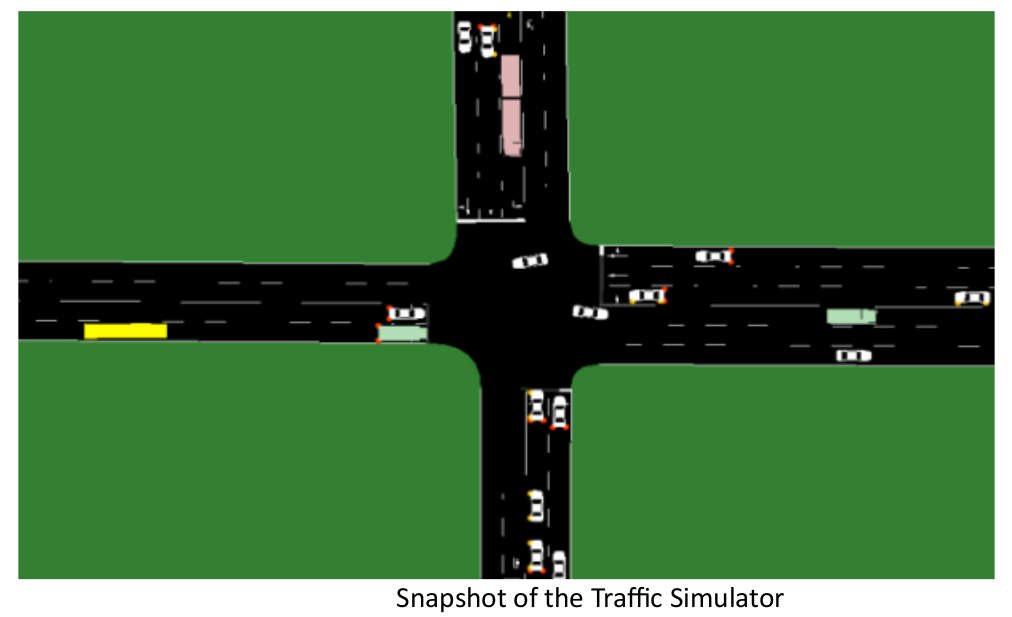
The simulator was configured for one junction. Snapshot of the simulator in action is presented in Figure.
Mastering Lane Changes and Safe Speeds
Lane-changing involved steps like calculating successor lanes and determining safe speeds based on the current lane. Safe speeds were crucial, factoring in vehicle velocities, deceleration, and reaction times.
A Glimpse of the Simulator in Action
Our simulator focused on a single junction, capturing intricate interactions between vehicles.
Navigating VANET Routing Protocols
Vehicular Ad-Hoc Networks (VANETs) demand efficient routing protocols. These include topology-based, position-based, geocast-based, cluster-based, and broadcast-based protocols.
In-depth Look at Highlighted Protocols
We explored AODV, a reactive protocol; DSDV, a proactive protocol; and GPSR, using GPS coordinates for routing.
Comprehensive VANET Simulation
We used SUMO and NS-3 for VANET testing. Parameters included simulation time, range, node count, transport protocol, data rate, and more.
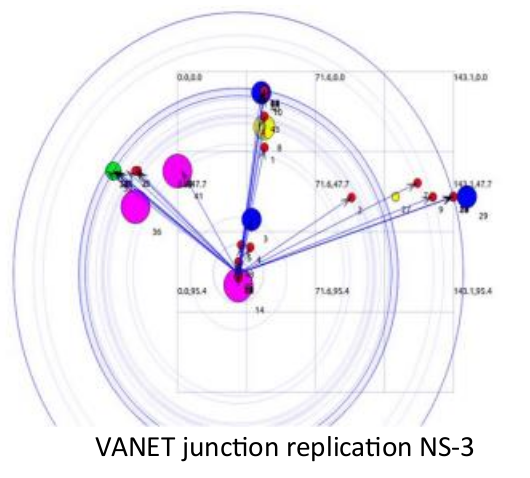
Indian Traffic Simulation
Our Indian Traffic Simulator replicated unique traffic patterns, including two-wheelers and pedestrians. It aimed to address regional challenges while maintaining realism.
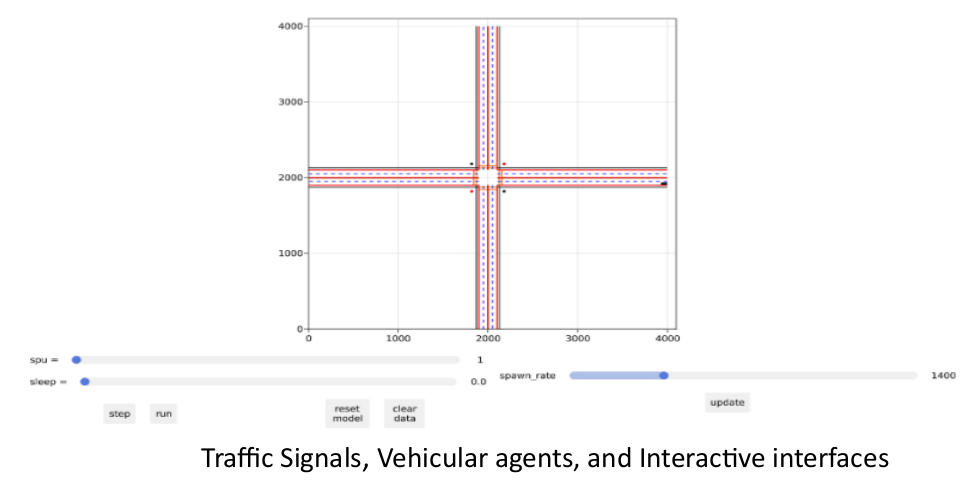
Traffic Signals, Agents, and Monitoring
The simulator included the Intelligent Driver Model (IDM) for human and ACC driving behaviors. Pedestrian models and enhanced debugging utilities added authenticity.
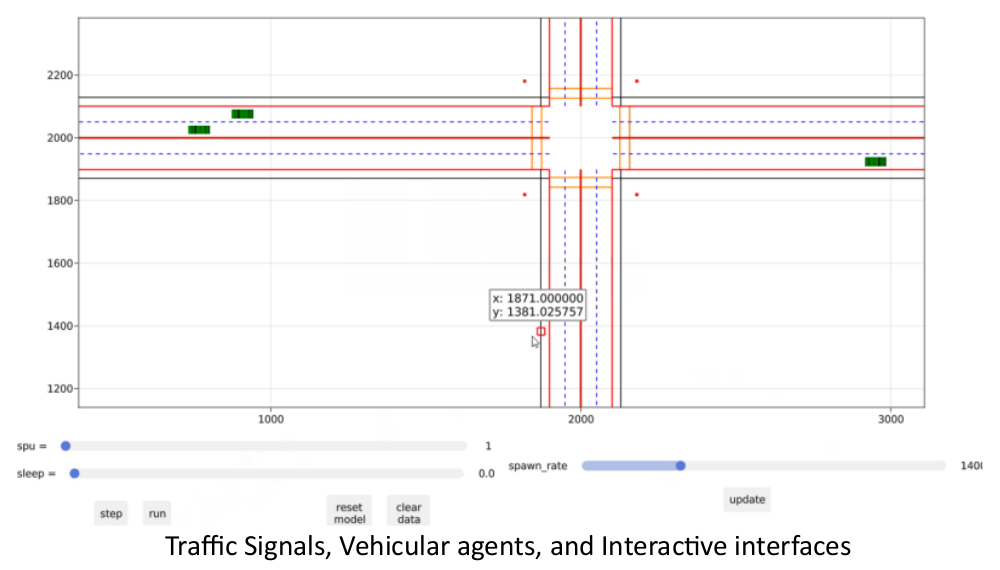
Conclusions summarizing the achievements
The study compared routing protocols (AODV, DSDV, OLSR, GPSR, PAGPSR, MMGPSR) for VANETs, with PAGPSR showing the best performance in metrics like Goodput and Packet Delivery Ratio (PDR), while AODV had high MAC Overhead and Delay. The study also simulated vulnerable users, developed a traffic simulator called IndianTrafficSim.jl available on GitHub, and set the stage for future research using this simulator.

